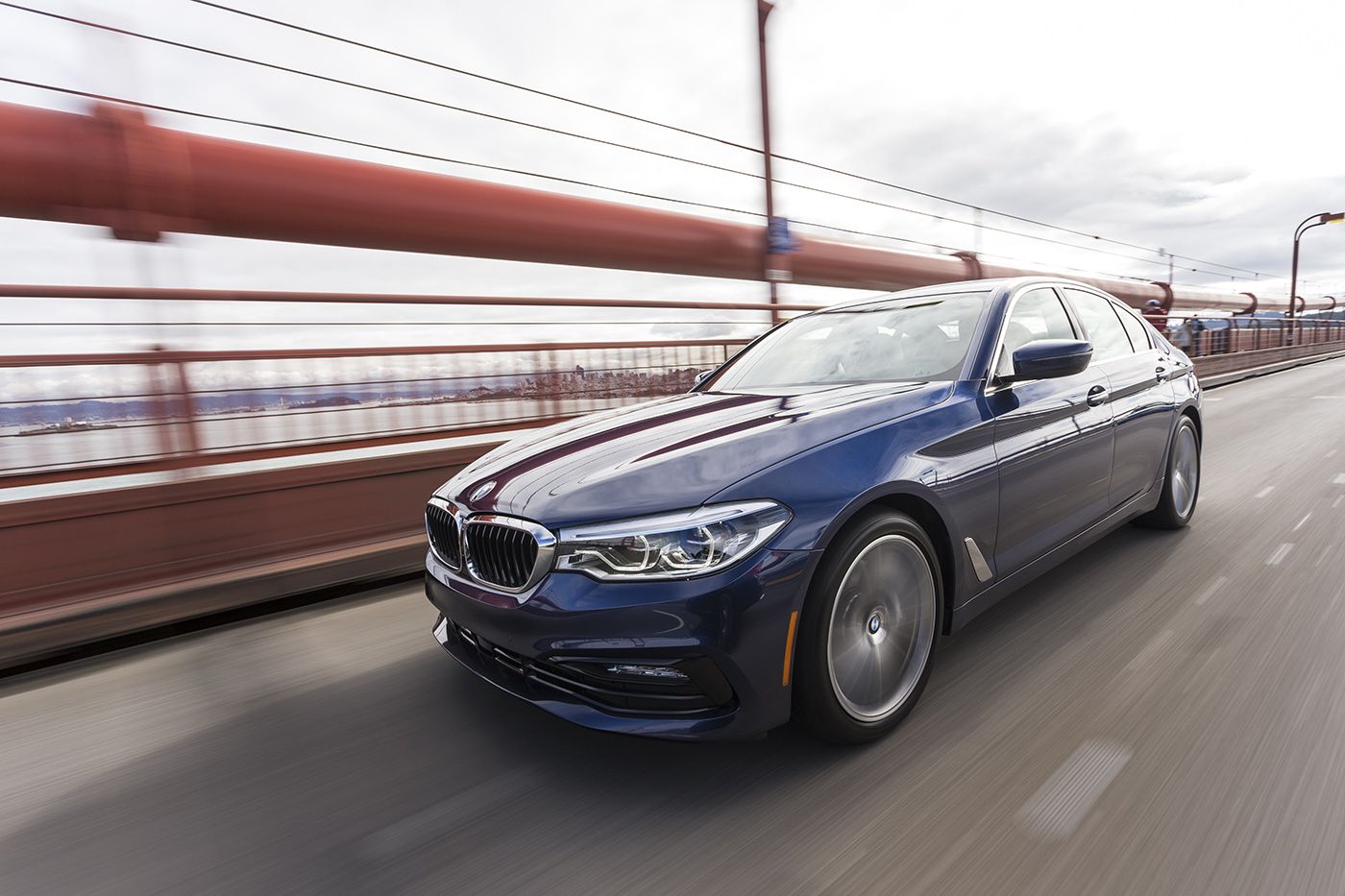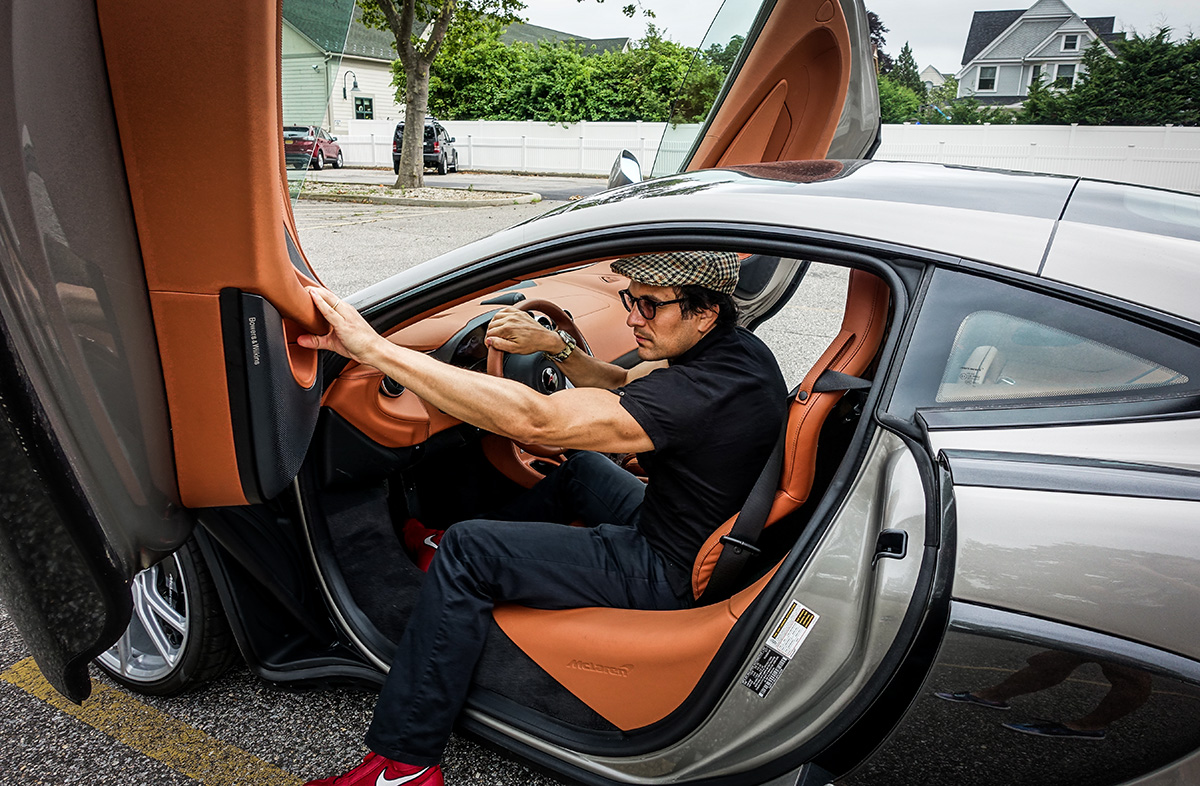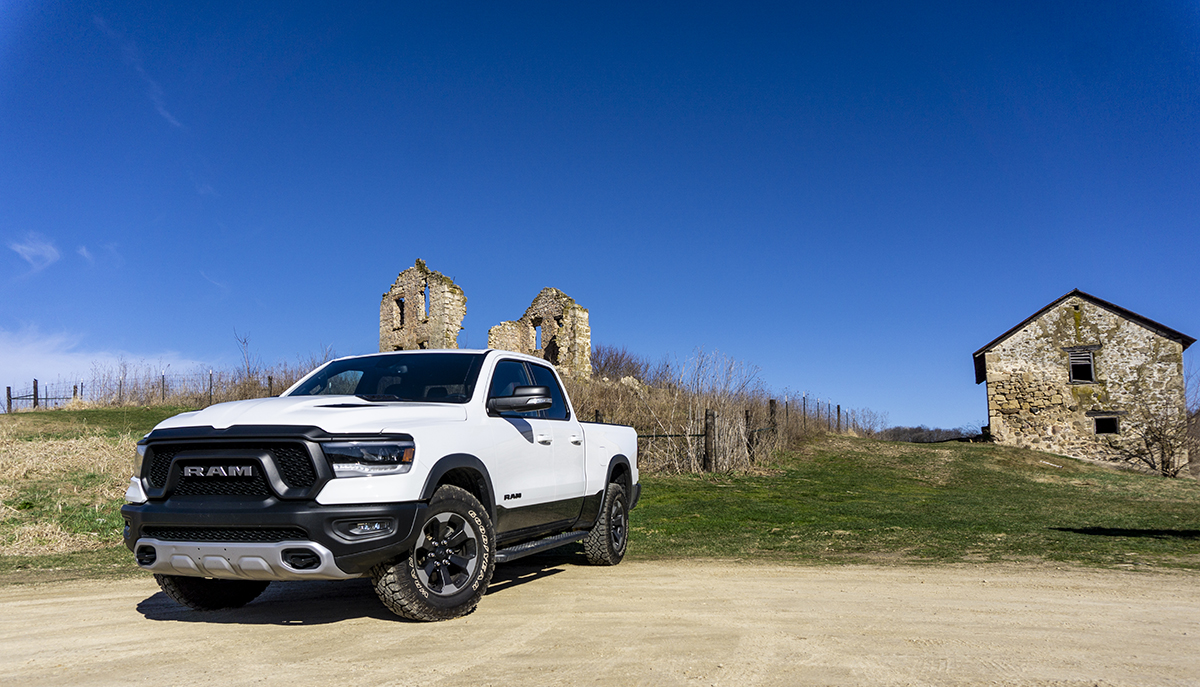Driven: 2020 BMW X7 xDrive50i, BMW Goes Big.
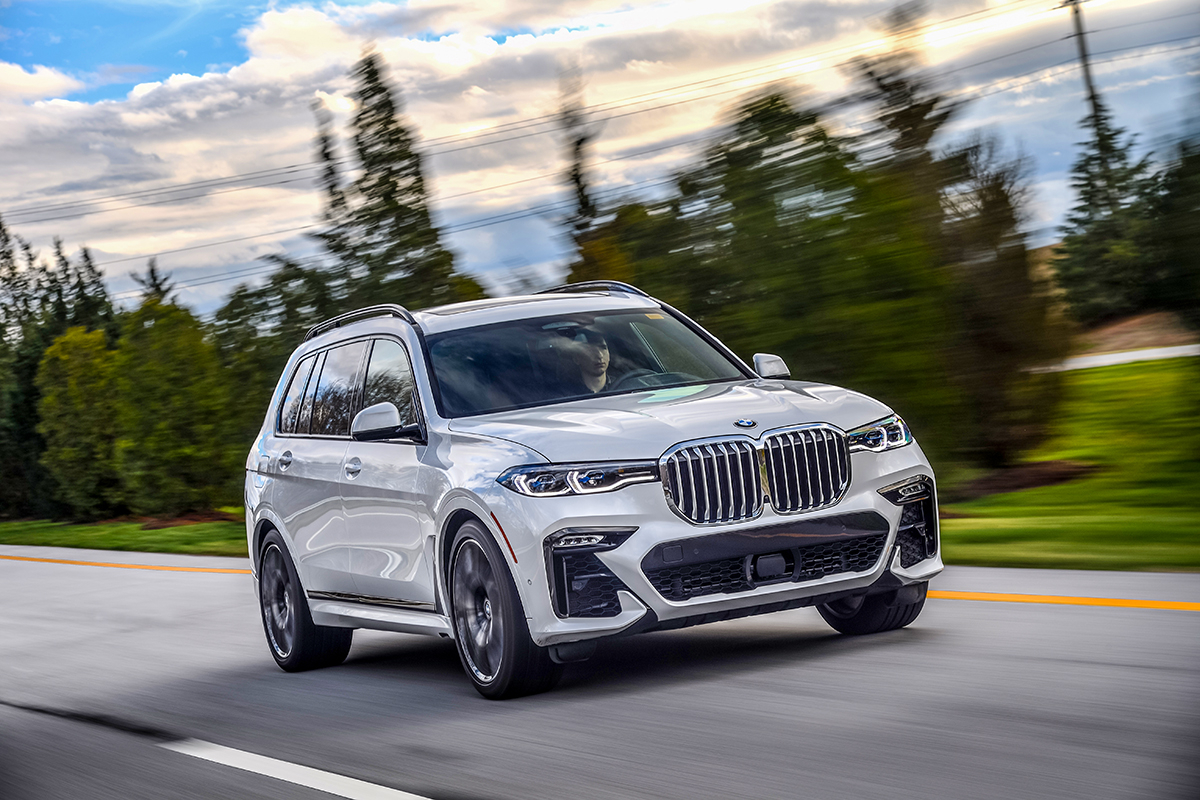
Somewhere between Greenville and Charleston, South Carolina my drive partner in this adventure, Alan Taylor, looked up from his phone and commented, “Holy #$!%, this thing is comfortable.”
I’d been driving the 2020 BMW X7 xDrive50i for about an hour and a half while Alan was in the passenger seat – enjoying both its heating and massaging capabilities – while taking care of emails and making a few phone calls in order to manage his global media empire. Even with its 456 horsepower V8, 22-inch wheels and tires, and expansive glass area providing an excellent view of the world we were passing through, the X7 is almost eerily quiet at speed. That is until I stomped on the accelerator to pass a particularly pokey Prius. The excellent 8-speed automatic transmission kicked down a couple of gears, the tach spun up quickly, and the V8 howled and crackled as a proper BMW should.
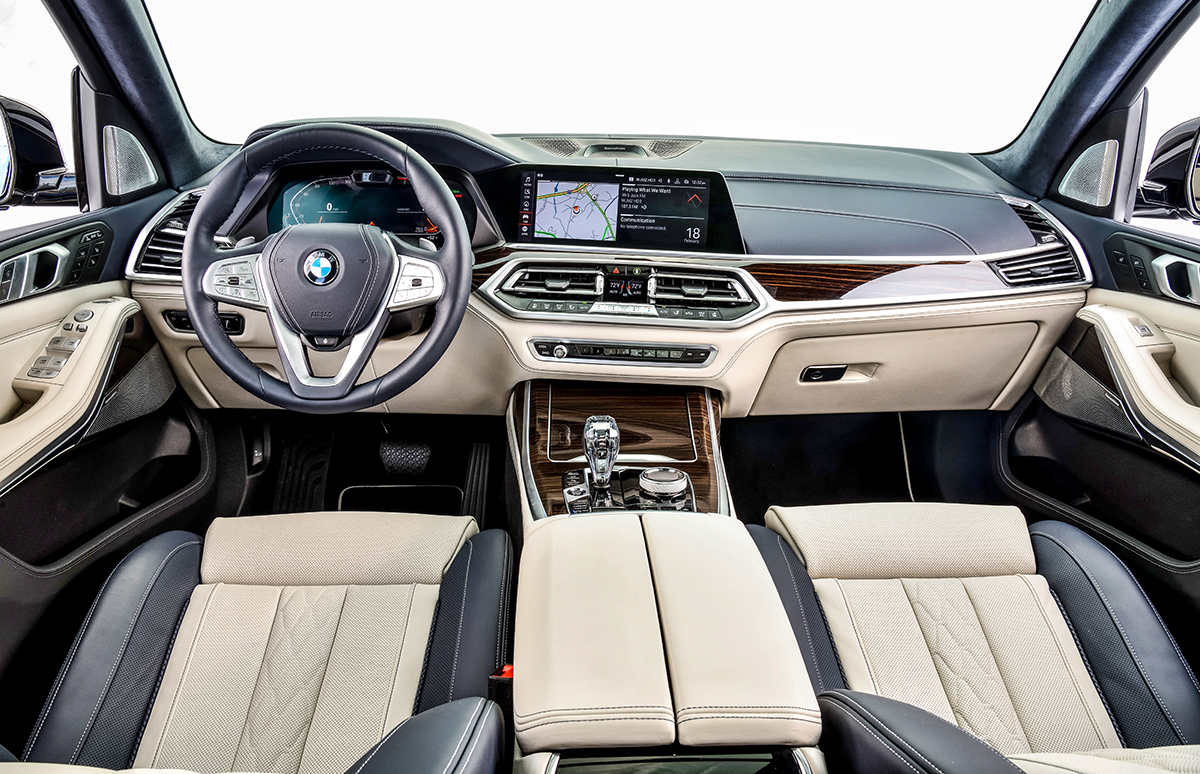
And that’s the essence of the BMW X7, it’s a three-row, luxury cruiser that hauls people in comfort and ass when it’s asked, the former being most important to the mission of vehicles in this category.
The X7 seats six or seven people depending on whether you order it with captains chairs or a bench seat for the second row and it’s a luxurious as a BMW gets. Dr. Jorg Warner, project manager for the X7 put it this way, “Our philosophy was not to create a bigger X5, but a more capable 7 Series.” This is an important distinction because that means luxury and comfort take precedence over off-road capability, and in this category it should.
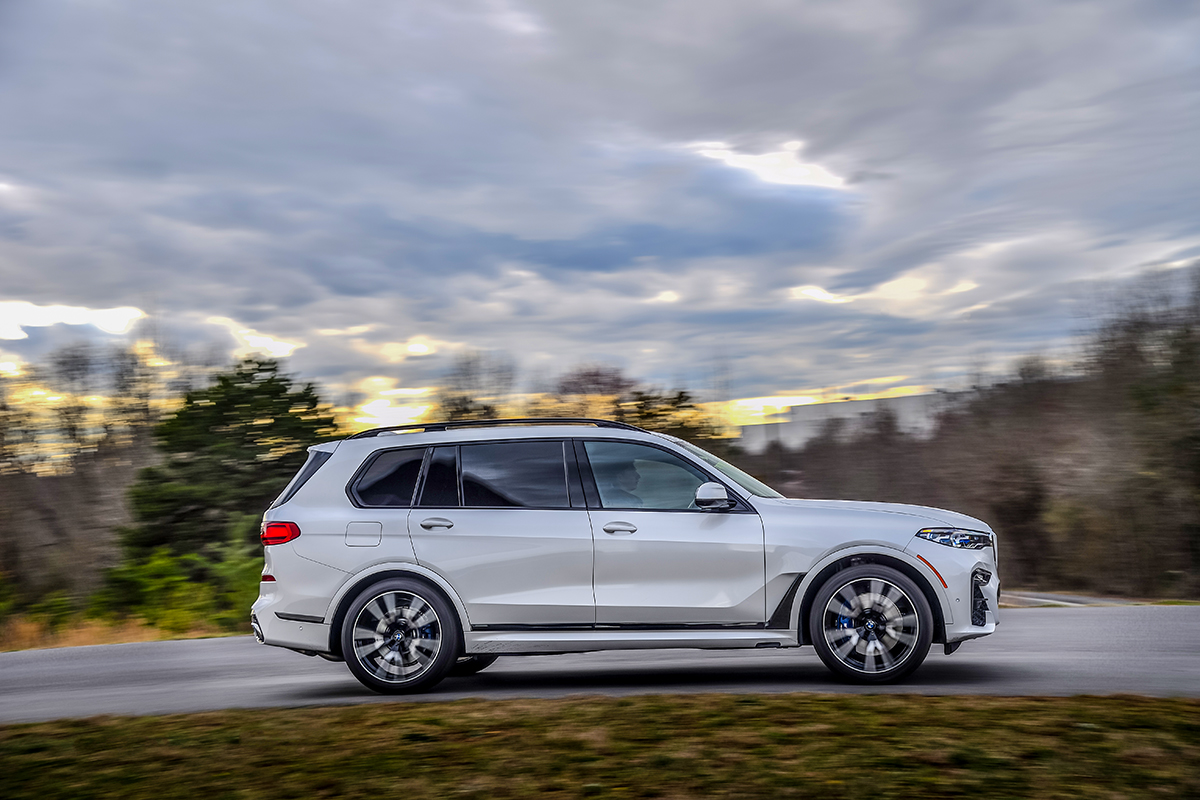
That’s not to say the X7 isn’t capable. It has 8.7 inches of ground clearance. Its xDrive system offers multiple terrain modes for mud, rocks, sand, and snow. It can tow up to 7,500 pounds. While I’m sure X7s will be found in Aspen, Park City, Sun Valley, and other snowy resorts, most of the people who buy them will never see a dirt road much less a mountain trail. So while the X7 may is an SUV that can tackle tough terrain, in the real world it will serve as family transport for the privileged class.
The X7 is trying to muscle into a market with a lot of entrenched players. The Mercedes-Benz GLS, Lexus LX, Infiniti QX80, Lincoln Navigator, and Cadillac Escalade have long been courting this customer. It’s clear from the design and execution of the X7 BMW knew they couldn’t show up a day late and a dollar short. There’s a ton (actually nearly 3 tons) of goodness here.
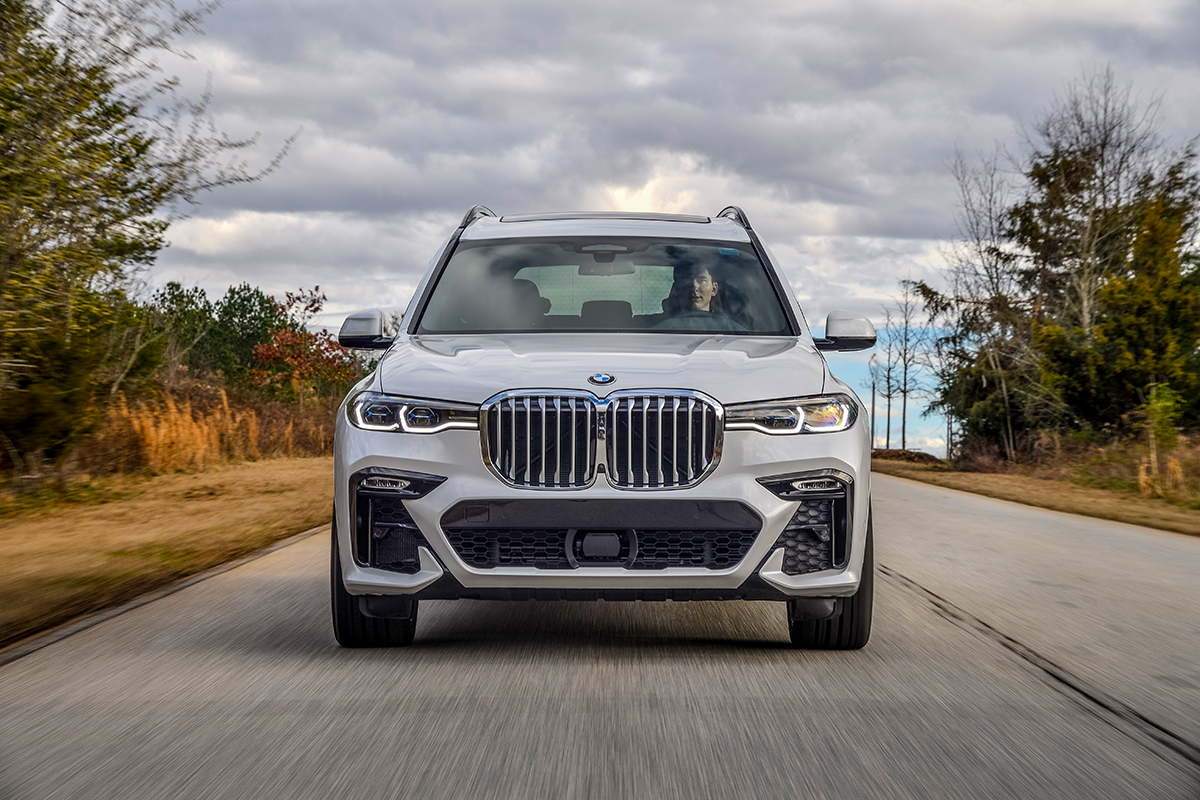
Even in its base xDrive40i configuration, the 3.0-liter turbocharged inline-six powered X7 is luxurious, and at about $75,000 it should be. The standard seats and trim ooze quality and you’ll find a comprehensive array of driver assist features including blind spot detection, lane departure warning, front and rear collision warning with pedestrian detection and automatic braking, rear cross traffic alert, and speed limit information. You also get most of BMW’s entertainment and connected technologies which we’ll dive into later. But of course most people will not be ordering a stripped X7.
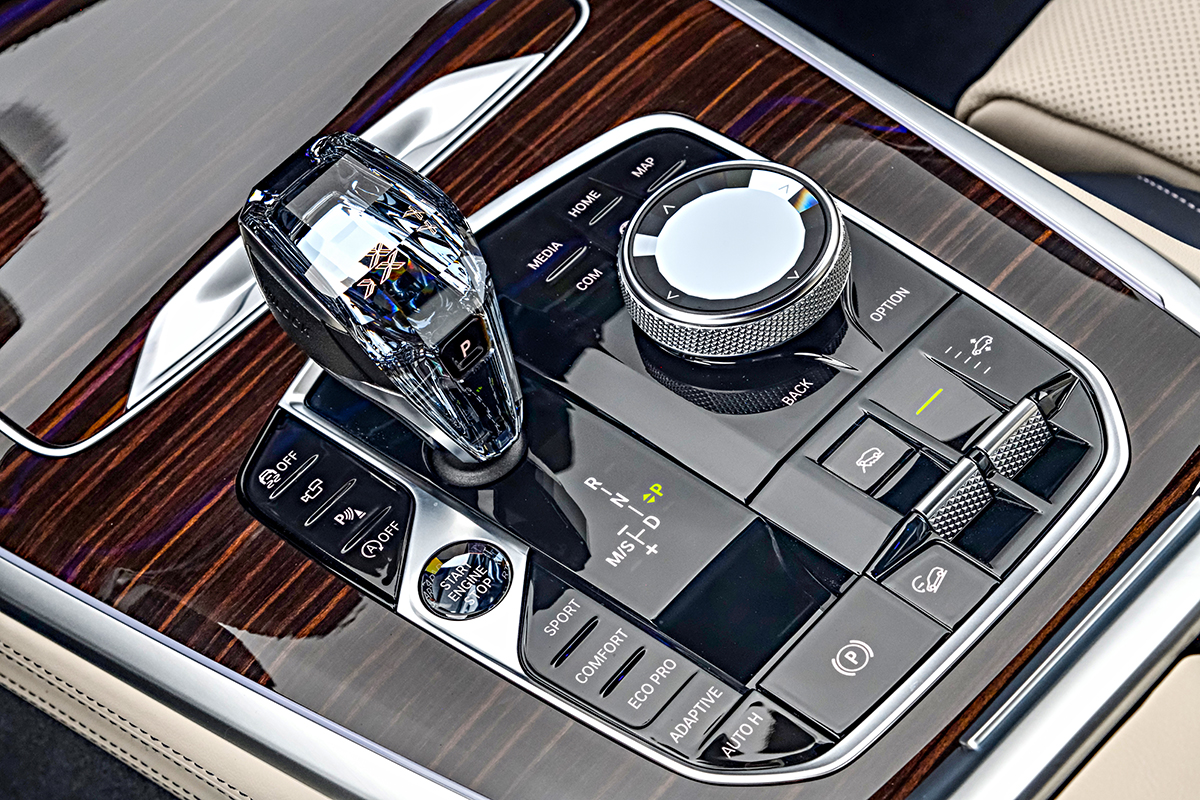
Vernasca Leather is optional on the xDrive40i and standard on the on the xDrive50i and you can move up from there to quilted Merino leather seating surfaces or a fully upholstered Merino leather interior. Throw in the cold weather package for heated second row seats as well as heated seats, armrests, and steering wheel up front. The three panel panoramic sunroof is standard. You can add a full leather dash and interior door and dash trim ranges from brown ash wood grain to piano black inserts. Opt for the Executive Package to get the Sky Lounge LED roof that simulates a starry sky and glass controls including a crystal shift lever with the BMW X logo embedded in it.
The remarkable thing about the X7’s interior, however, is not how luxurious it is. It’s that it’s so roomy. The first and second rows offer plenty of legroom for full-size adults and both offer fore and aft adjustment, but unlike most of its competitors, BMW doesn’t expect the third row to be the exclusive domain of toddlers or visitors from Munchkinland. With 33.3-inches of legroom there’s enough space behind the second row for me to sit comfortably. The only vehicle to offer more room in the ultimate row is the Navigator which is considerably longer.
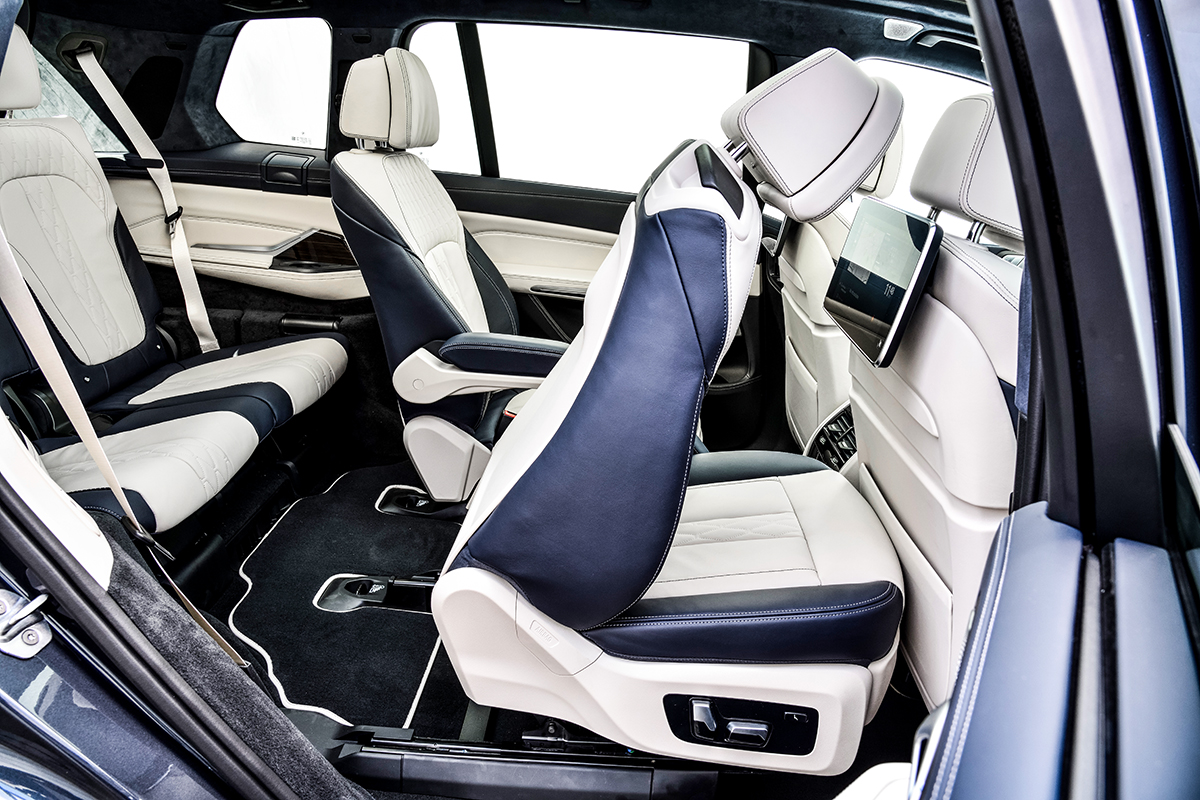
One of the pillars that BMW hopes to build the future of its automotive empire on is its platform of connected services. Ultimately this will be the backbone of its autonomous vehicles and ride sharing services but today it manifests itself in a number of interesting ways. As you would expect, all of them are on display in the top-of-the-range X7. Combined with BMW’s digital cockpit which features twin 12.3-inch digital displays for the instrument panel and at the top of the center stack, BMW can integrate everything from your calendar to live traffic to information from other BMW vehicles and other areas of your digital life. Combined with features like the spectacular sounding Bowers & Wilkins audio system, full-color head up display, and the BMW digital personal assistant and the X7 is more than just a comfortable vehicle, it’s also the ultimate mobile device.
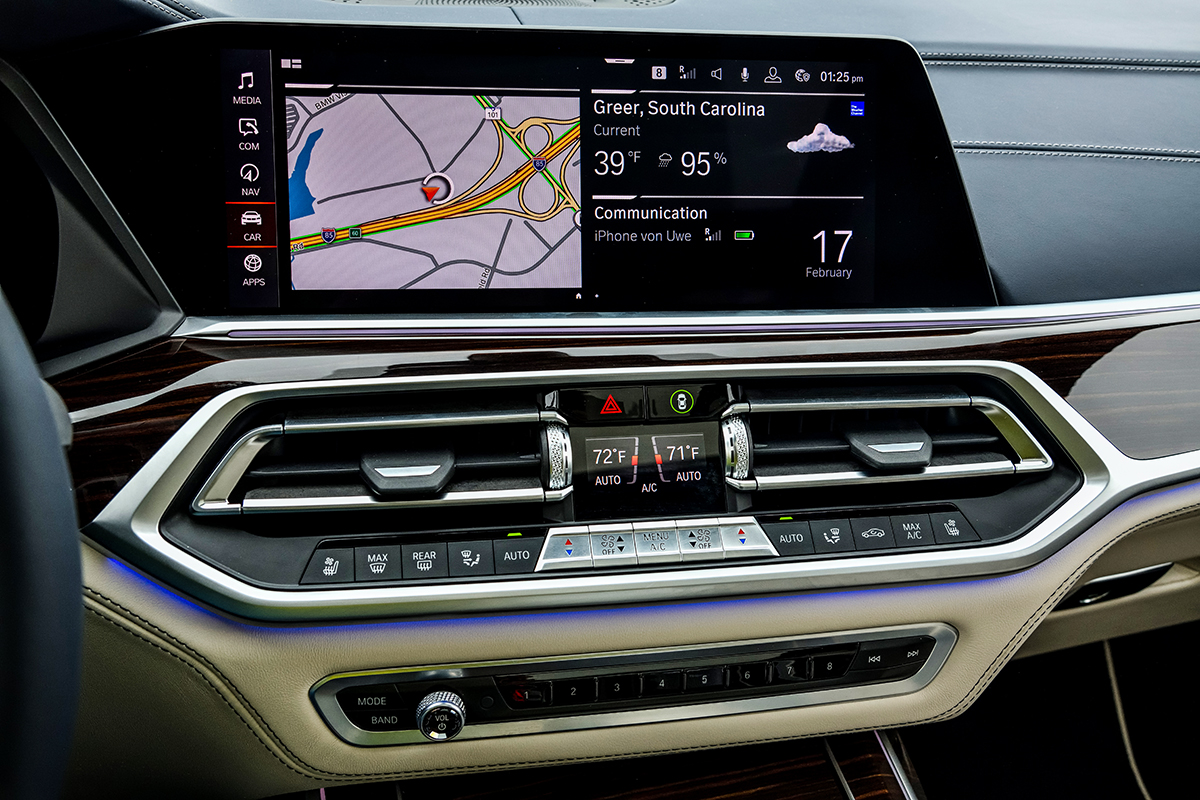
Regardless of whether you get the xDrive50i with its twin turbocharged 4.4L V8 or the xDrive40i, both use a well calibrated ZF eight-speed automatic transmission to provide power to either the rear or all four wheels via an updated version of BMW’s xDrive system. In normal driving conditions 100% of the power goes to the rear wheels to improve efficiency. But once the road gets slippery or you start driving more dynamically, shall we say, the power is distributed to all four wheels to help either with grip on snow, ice, or gravel, and to improve handling while you power through the corners. And though it’s not the X7s primary mission, you can drive the X7 with elan especially if you order it with the dynamic handling package which includes M Sport brakes, a locking differential, active steering assist, and a suspension technology that previews the road ahead using cameras and GPS to automatically adjust damping and rebound, minimizing the impact of potholes and other changes in the road.
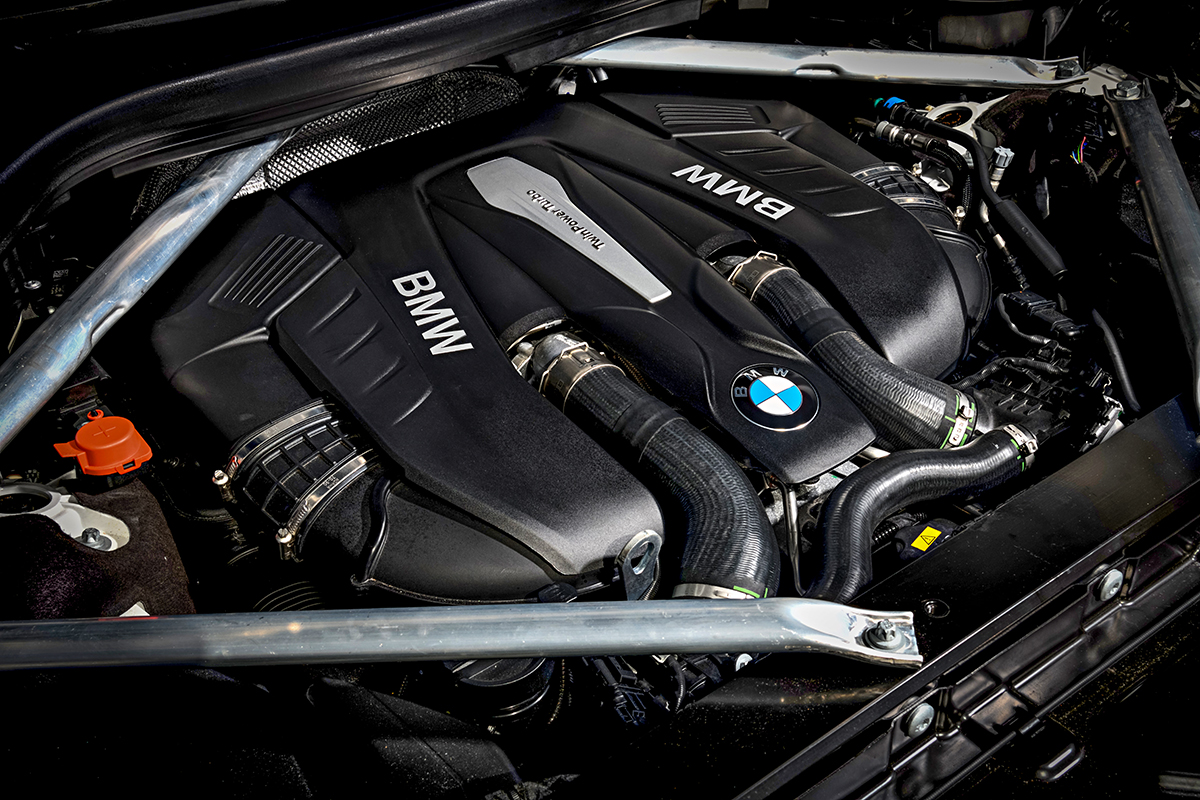
As always happens with BMWs, I drive the vehicle with the smaller of the two engines and come away impressed. BMW’s ubiquitous inline six works really well in this heavyweight. I never once thought it was underpowered or sluggish and the numbers bear that out. The 335-horsepower mill get you from 0-60 mph in under six seconds. Top speed is electronically limited at 130 mph and you can cruise all day at extra-legal speeds without breathing hard. Opt for the twin-turbo V8 and the X7 goes from impressive to exciting. Hit the start button and the engine snaps to life with a satisfying growl, settling down to a low burble at idle. 60 miles per hour comes up almost a second quicker and high speed acceleration allows you to pass cars without a second thought.
Some people scoff at the fact that the company that bills itself as the purveyor of Ultimate Driving Machines is building the X7. But to be the BMW of three-row SUVs it doesn’t have to handle like an M2, just better than any other vehicle in its class. After spending a day behind the wheel of the X7, I can state with confidence that it does.
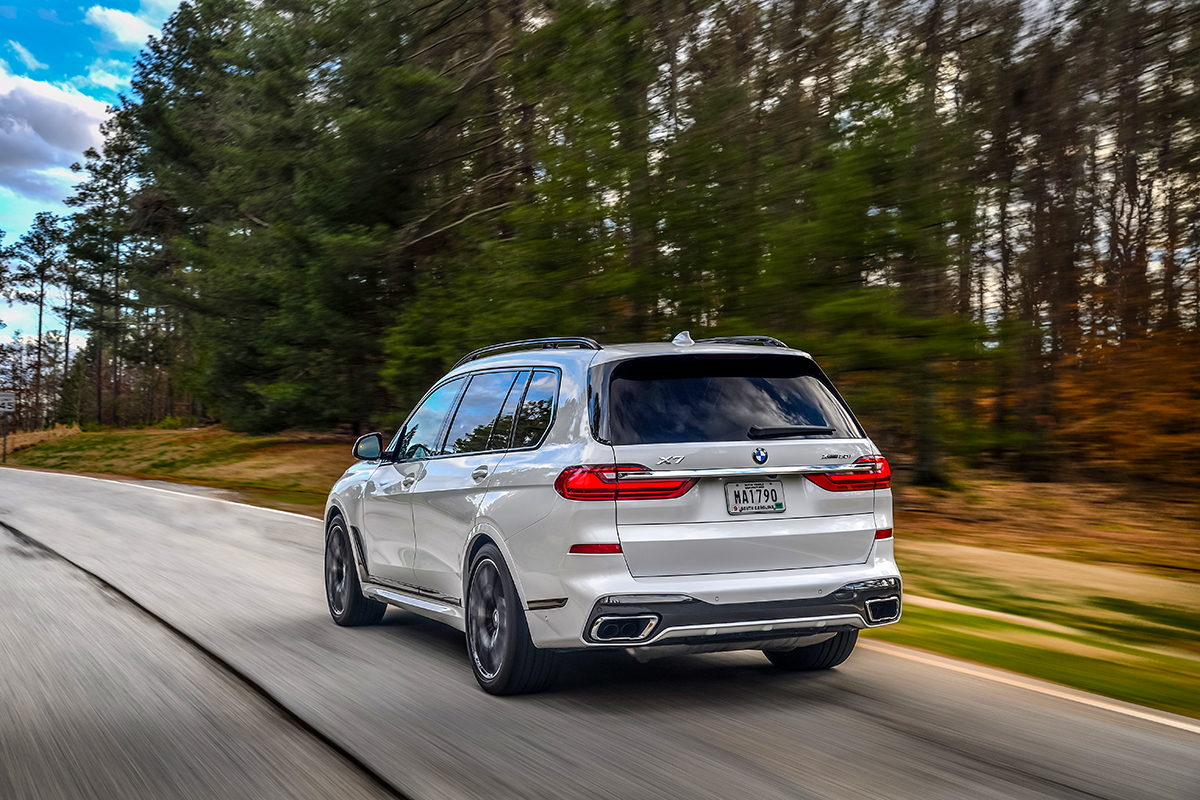
2020 BMW X7 xDrive50i
Four-door, seven-passenger, all-wheel drive SUV
Base Price: $92,600
Price as tested: $120,945
Major Options: Ivory White/Blue Merino interior ($3,700), Cold Weather Package ($1,200), Dynamic Handling Package ($4,750), Luxury Seating Package ($1,200), M Sport Package ($3,550), Premium Package ($1,550), Executive Package ($2,100), 22-inch V Spoke Wheels ($1,300), Leather Dashboard ($1,200), Rear-seat entertainment ($2,200), Bowers & Wilkins sound system ($3,400), Destination charge ($995)
Engine: 4.4-liter, 24-valve, twin turbo V8 with direct fuel injection
Transmission: 8-speed automatic with sport and manual shift modes
Power: 456 HP @ 5,250 – 6,000 RPM
Torque: 479 lb.-ft. @ 1,500 – 4,750 RPM
Curb Weight: 5,617
Towing Capacity: 7,500 pound with factory installed hitch
0-60 MPH: 5.2 seconds
Top Speed: 130 MPH electronically limited
EPA MPG: 15 city, 21 highway, 17 combined

